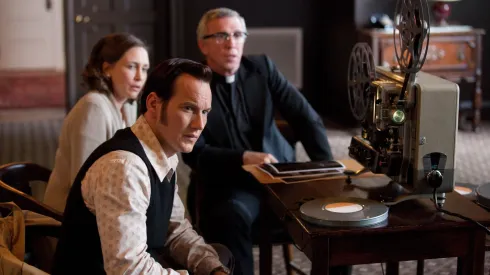The most profound terror often lies just beyond the thin veil of civilized order, lurking in the shadows of true crime and documented tragedy. While fictional monsters offer temporary frights, the horror drawn from reality possesses an enduring, unsettling power.
This genre taps into a primal fear: the chilling acknowledgment that the world itself is capable of producing the very monsters that haunt the screen. The next films represent cinema’s most potent attempts to translate genuine human trauma and dread into cinematic experience.
These adaptations mastered the art of building terror from factual foundations, using historical darkness to amplify the suspense and psychological fear. They stand as a chilling testament of real events that became iconic horror narratives, providing evidence that the truth is often the most terrifying script of all.
The Exorcist (1973)
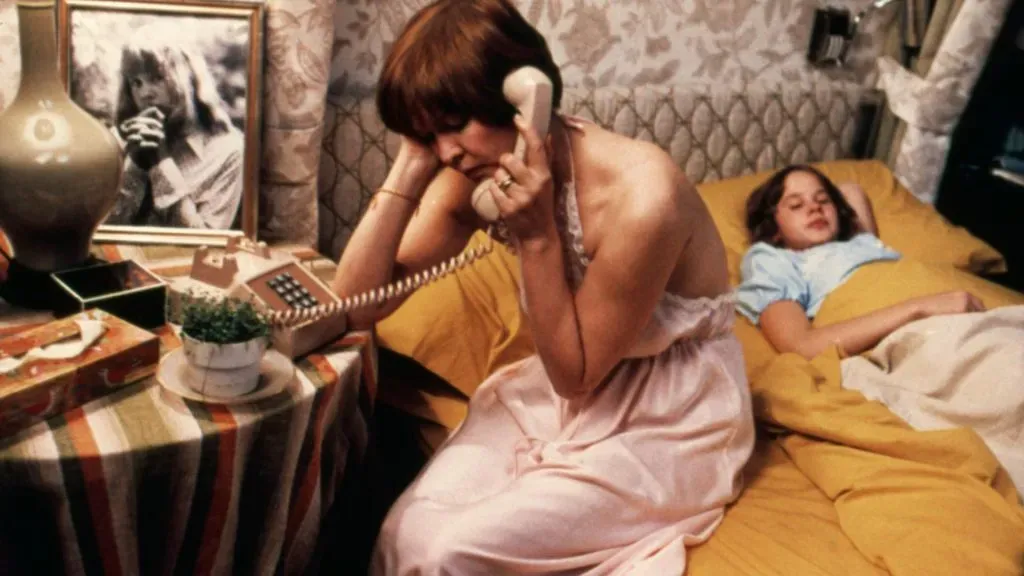
(Source: IMDb)
Regan MacNeil’s terrifying possession was directly inspired by the highly publicized 1949 case of Roland Doe, a young boy in Maryland who allegedly underwent multiple exorcisms. The film’s profound impact is tied to the fact that its supernatural premise was meticulously documented by journalists and priests in the real world, lending the demonic horror a terrifying journalistic credibility.
The Conjuring (2013)
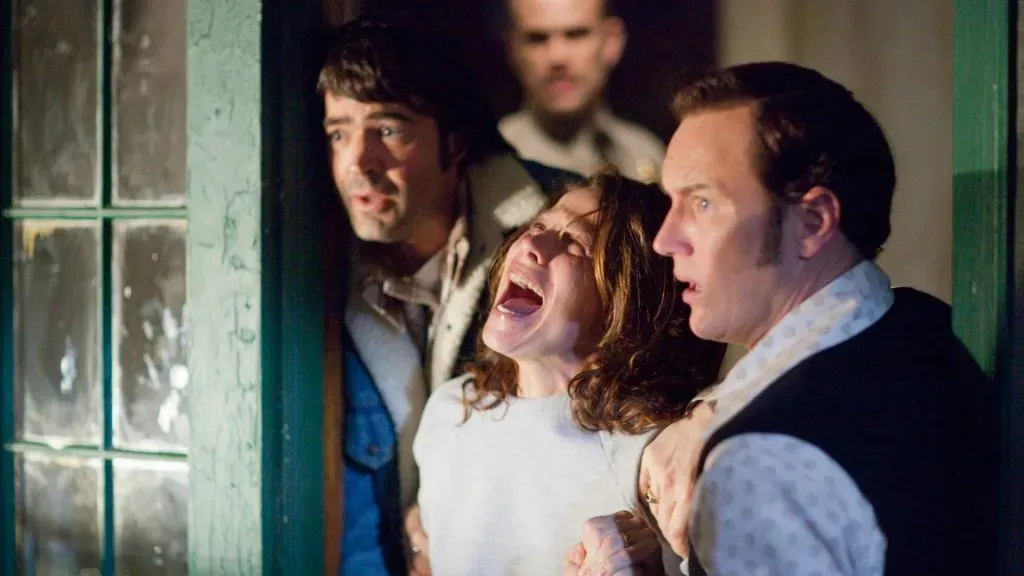
(Source: IMDb)
The foundation of this modern horror franchise rests on the genuine case files of renowned paranormal investigators Ed and Lorraine Warren. This installment is based on the haunting of the Perron family in Rhode Island, whose claims of a demonic presence were so widely reported that they became a cornerstone of modern paranormal investigation. The film’s tension is amplified by the knowledge that its central dread is based on real-world accounts of trauma.
The Texas Chain Saw Massacre (1974)
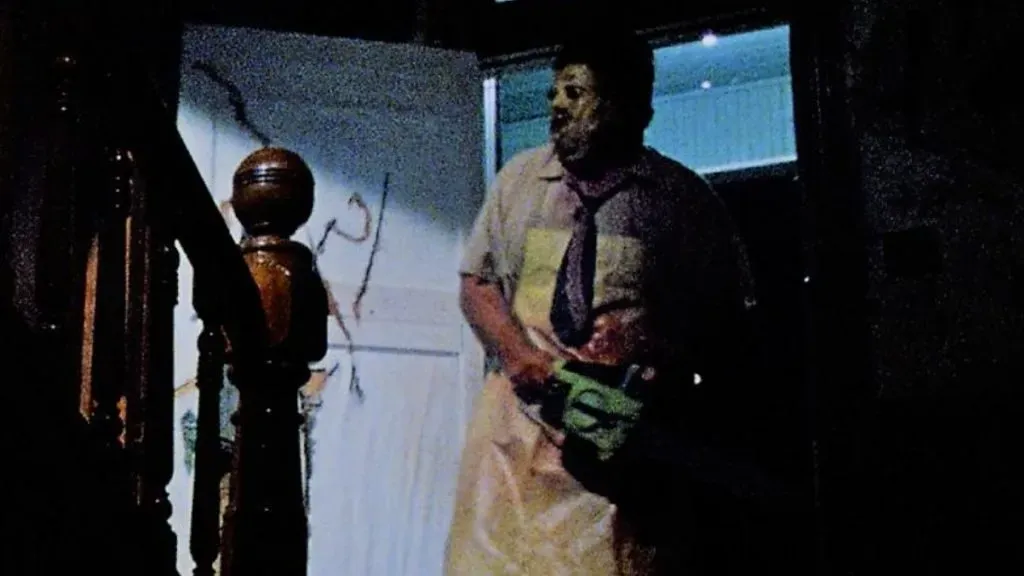
(Source: IMDb)
The image of Leatherface and his disturbing methods were loosely inspired by the infamous Wisconsin murderer and grave robber, Ed Gein. Gein’s morbid fixation on exhuming corpses and crafting artifacts from human remains provided the grim, factual spark for the film’s narrative, ensuring its place as a uniquely unsettling piece of horror cinema that blurs the line between fiction and documentary style.
The Amityville Horror (1979)
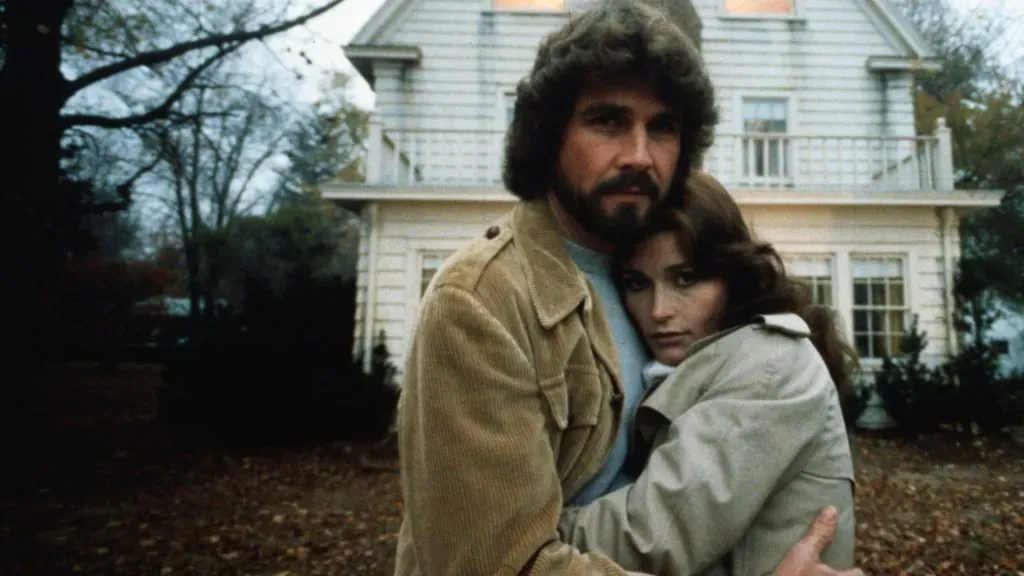
(Source: IMDb)
This highly profitable film is based on the controversial claims of the Lutz family, who moved into a house in Amityville, New York, where Ronald DeFeo Jr. had murdered six family members a year earlier. The Lutzes’ immediate flight from the home, claiming demonic harassment, launched a media frenzy. The film’s horror is fueled entirely by the sensationalized idea of a house still poisoned by authentic violence.
Psycho (1960)

(Source: IMDb)
Alfred Hitchcock’s masterpiece of psychological horror, featuring the mild-mannered killer Norman Bates, was also largely inspired by the real-life transgressions of Ed Gein. The film subtly explored the pathology of a lonely man whose dangerous fixations began with taxidermy and maternal obsession. Psycho used the chilling reality of a quiet, unassuming monster to fundamentally change the way thrillers were made.
The Strangers (2008)
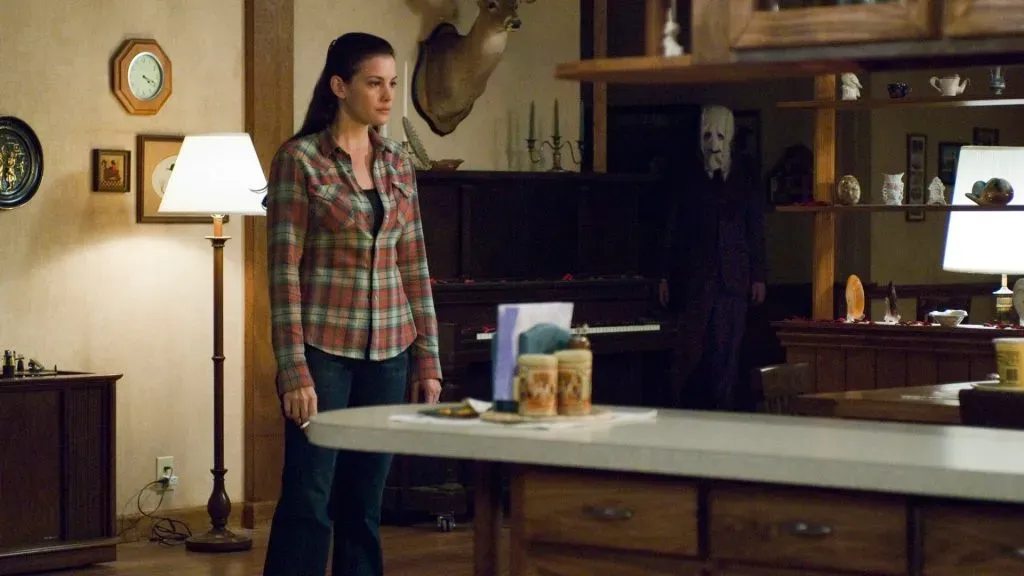
(Source: IMDb)
This film taps into the primal fear of random, unmotivated violence. While fictional, its narrative was heavily influenced by two real-life incidents: the notorious Manson Family murders (particularly the Tate home invasion) and a series of home break-ins that occurred in the director’s own childhood neighborhood, making its terror feel terrifyingly arbitrary and close to home.
The Mothman Prophecies (2002)
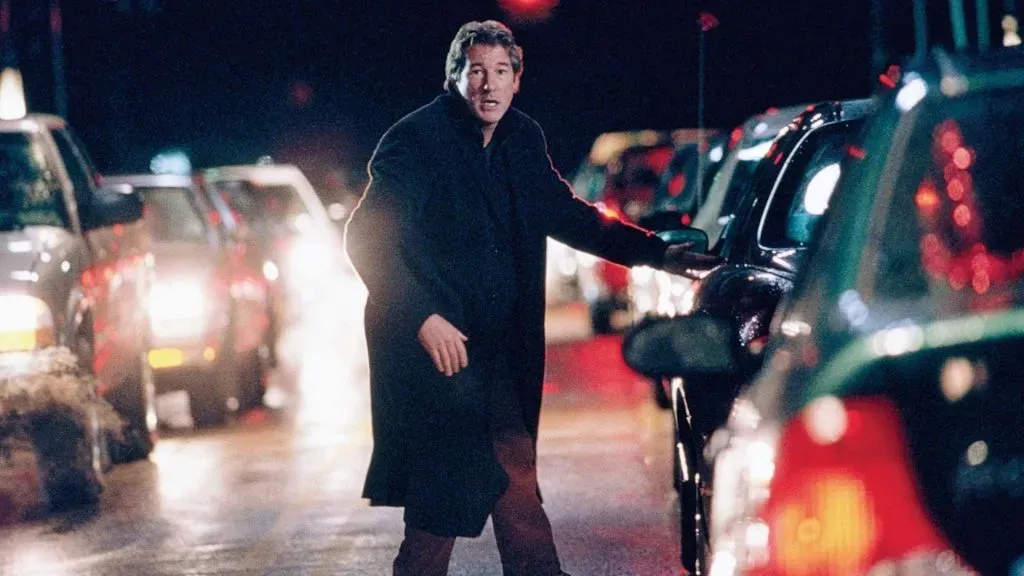
(Source: IMDb)
The film is based on the real-life phenomena and subsequent tragedy that occurred in Point Pleasant, West Virginia, during 1966 and 1967. Hundreds of residents reported sightings of a giant, winged creature known as the Mothman, culminating in the tragic collapse of the Silver Bridge, which killed dozens of people. The film brilliantly uses documented mass hysteria and real catastrophe to build its unique folk-horror atmosphere.
Open Water (2003)
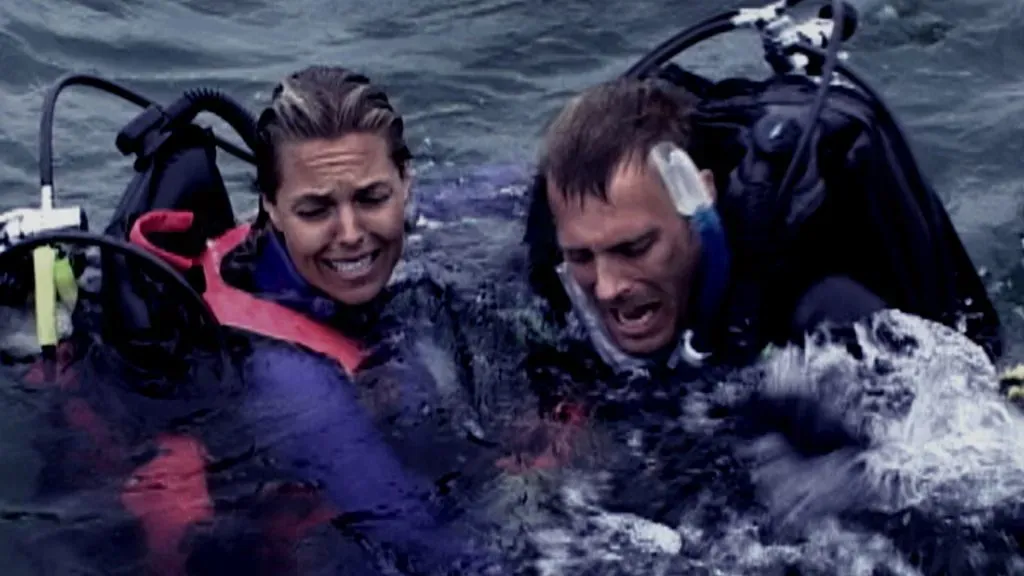
(Source: IMDb)
This low-budget survival film gained significant critical traction because its plot was inspired by the true story of Tom and Eileen Lonergan, a couple who were accidentally left behind by their dive boat in the Great Barrier Reef in 1998. The film’s raw, documentary-style photography and slow, agonizing terror are derived directly from the documented details of the couple’s disappearance and the sheer horror of their predicament.
Annabelle (2014)

(Source: IMDb)
This supernatural film is part of The Conjuring universe but focuses on the true-life object investigated by the Warrens: a Raggedy Ann doll named Annabelle that was allegedly possessed. While the film dramatizes the doll’s demonic activities, its horror is rooted in the documented fact that the Warrens considered the physical doll too dangerous to be handled, locking it away in their museum of occult objects.
A Nightmare on Elm Street (1984)
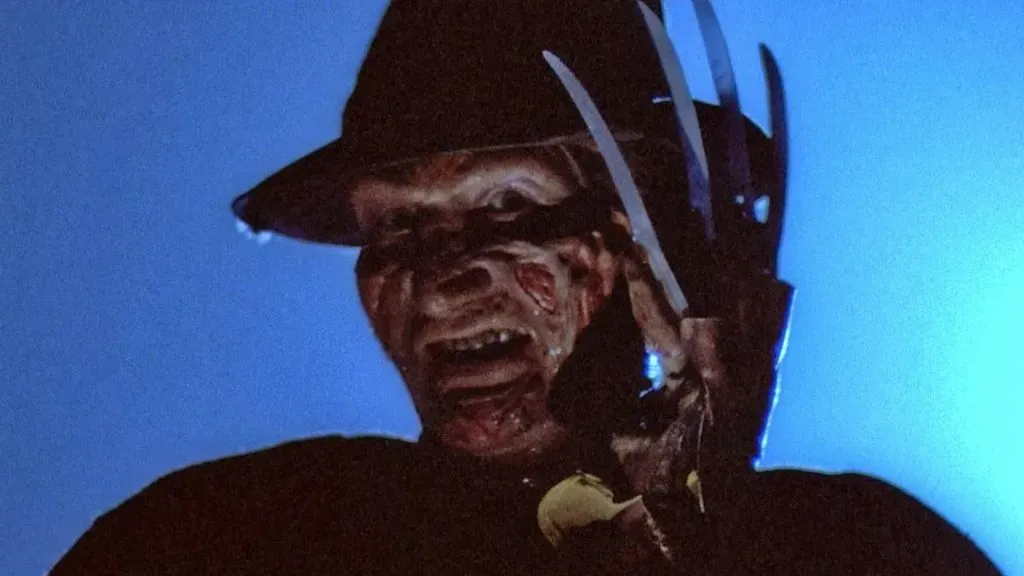
(Source: IMDb)
The genesis of Freddy Krueger came from real-world medical reports, lending a unique, unsettling foundation to the supernatural slasher genre. Director Wes Craven was inspired by a series of articles detailing the deaths of young Cambodian and Hmong refugees who died inexplicably in their sleep after reporting severe, terrifying nightmares. The film captures the terrifying, literal fear of dying inside one’s own dreams, making its concept deeply unnerving.
The Exorcism of Emily Rose (2005)
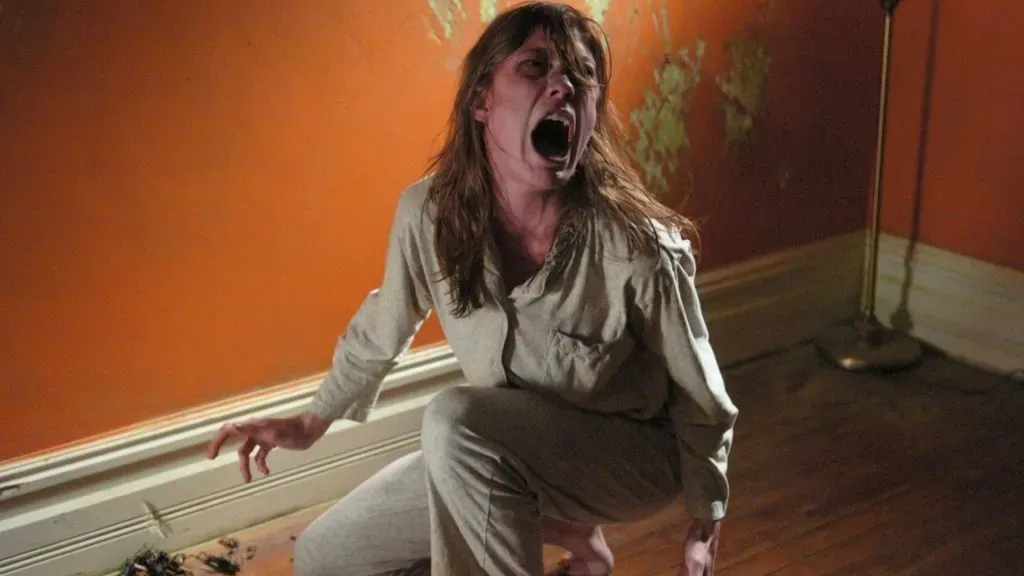
(Source: IMDb)
The entire framework of this courtroom drama and horror film is built upon the documented, tragic case of Anneliese Michel, a German woman who underwent numerous Catholic exorcism rites in the 1970s. The film uses the legal battle surrounding her death to explore the conflict between faith, medicine, and the undeniably documented rituals performed. Its horror is derived from the chilling, factual records of the victim’s physical and mental deterioration.
Wolf Creek (2005)
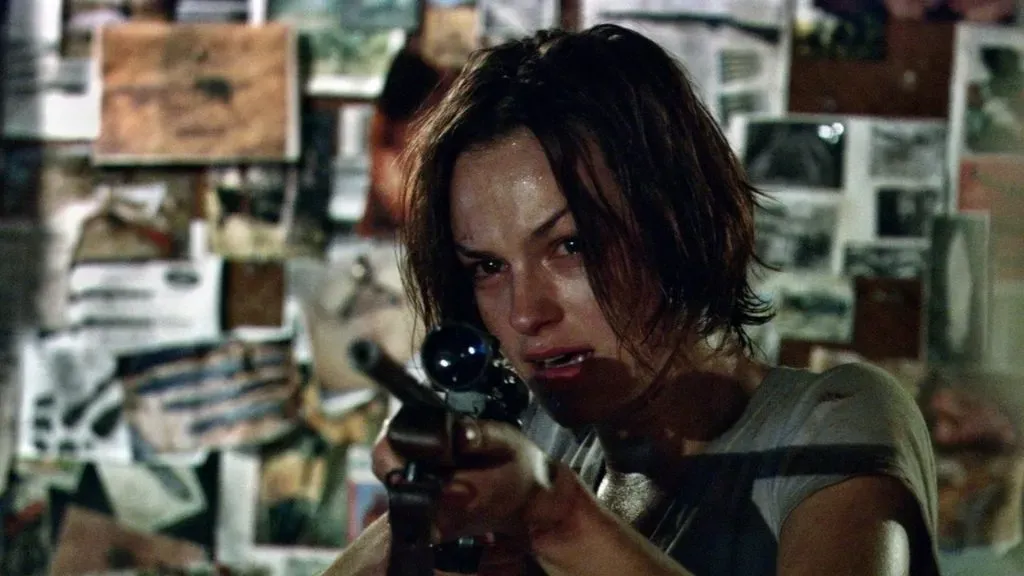
(Source: IMDb)
This brutal Australian slasher film draws heavily on the chilling reality of the country’s dark history of violence against travelers. It is loosely based on the horrific “Backpacker Murders” committed by Ivan Milat, as well as the crimes of Bradley Murdoch. The film’s terror stems from the isolation of the Australian Outback and the notion that the random malice faced by the protagonists is lifted directly from documented instances of roadside encounters that turned deadly.
The Serpent and the Rainbow (1988)
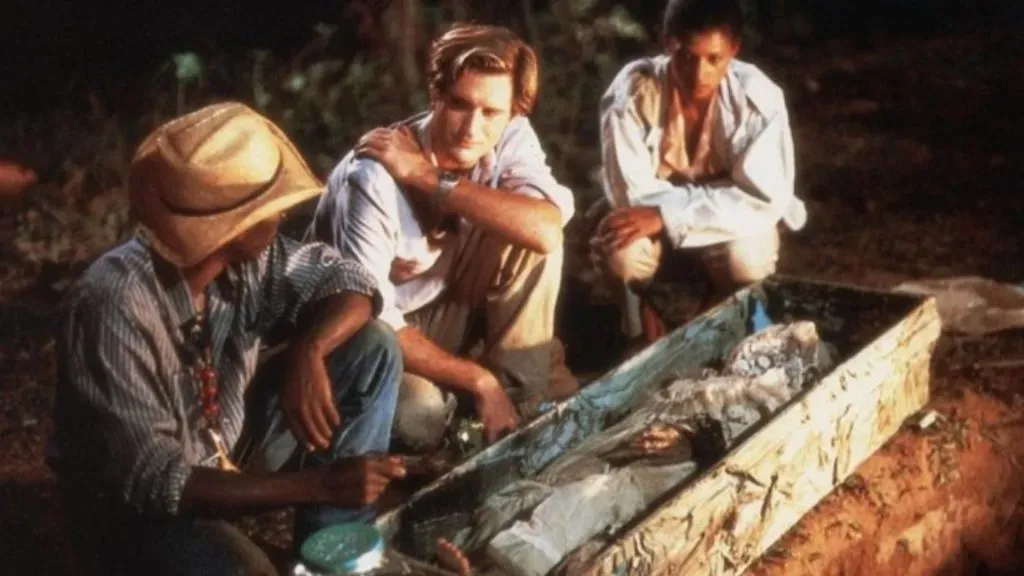
(Source: IMDb)
Directed by horror master Wes Craven, the terror in this film stems from real-world anthropological investigation into the dark, secret rites of Haitian Voodoo. It is based on the non-fiction book by Wade Davis, a Harvard ethnobotanist who claimed to have documented the complex rituals and chemical compounds used in the process of creating a real-life zombie. This premise immediately lends a sinister, factual foundation to the supernatural horror.
An American Crime (2007)
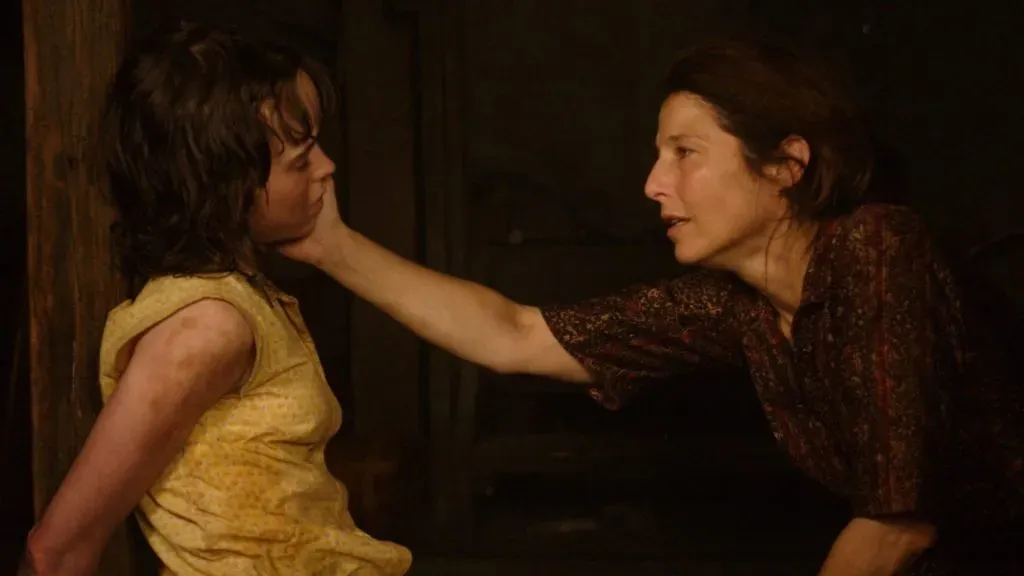
(Source: IMDb)
This harrowing film is a direct, detailed dramatization of the 1965 torture and murder of Indiana teenager Sylvia Likens by her caretaker, Gertrude Baniszewski, and Baniszewski’s own children. The film’s power comes from its relentless focus on the documented facts of the abuse, serving as a dark, unforgettable record of the psychological and physical cruelty inflicted by seemingly normal people, far away from any haunted house or masked killer.
The Town That Dreaded Sundown (1976)
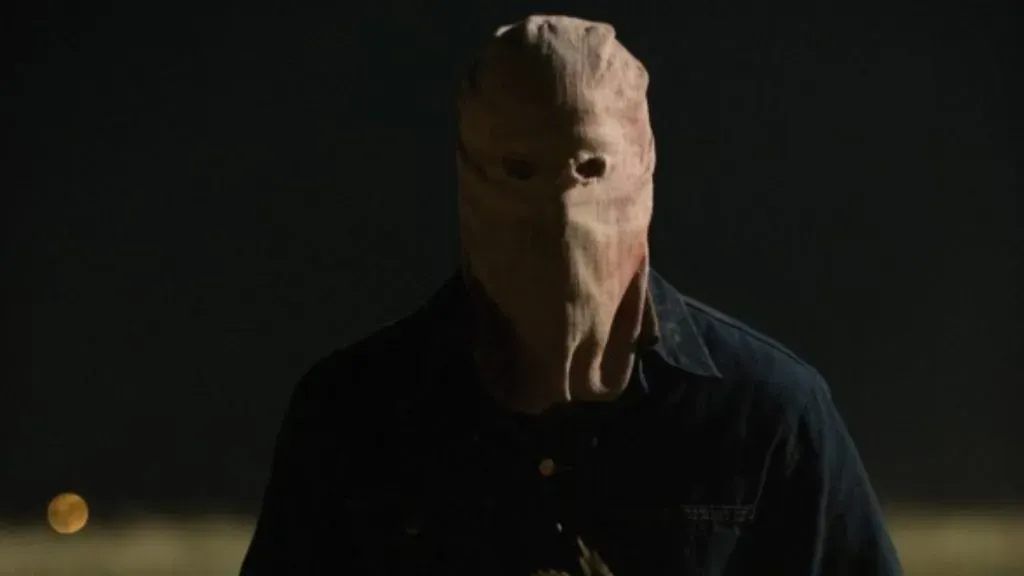
(Source: IMDb)
This classic piece of regional horror is famously based on the terrifying “Texarkana Moonlight Murders,” a series of unsolved attacks that occurred near the Texas-Arkansas border in 1946. The film frames itself as a semi-documentary, directly incorporating police files and historical commentary to enhance its chilling realism. Its narrative focuses on the hunt for a hooded, unknown serial killer, and the pervasive fear that gripped the small community for months.
